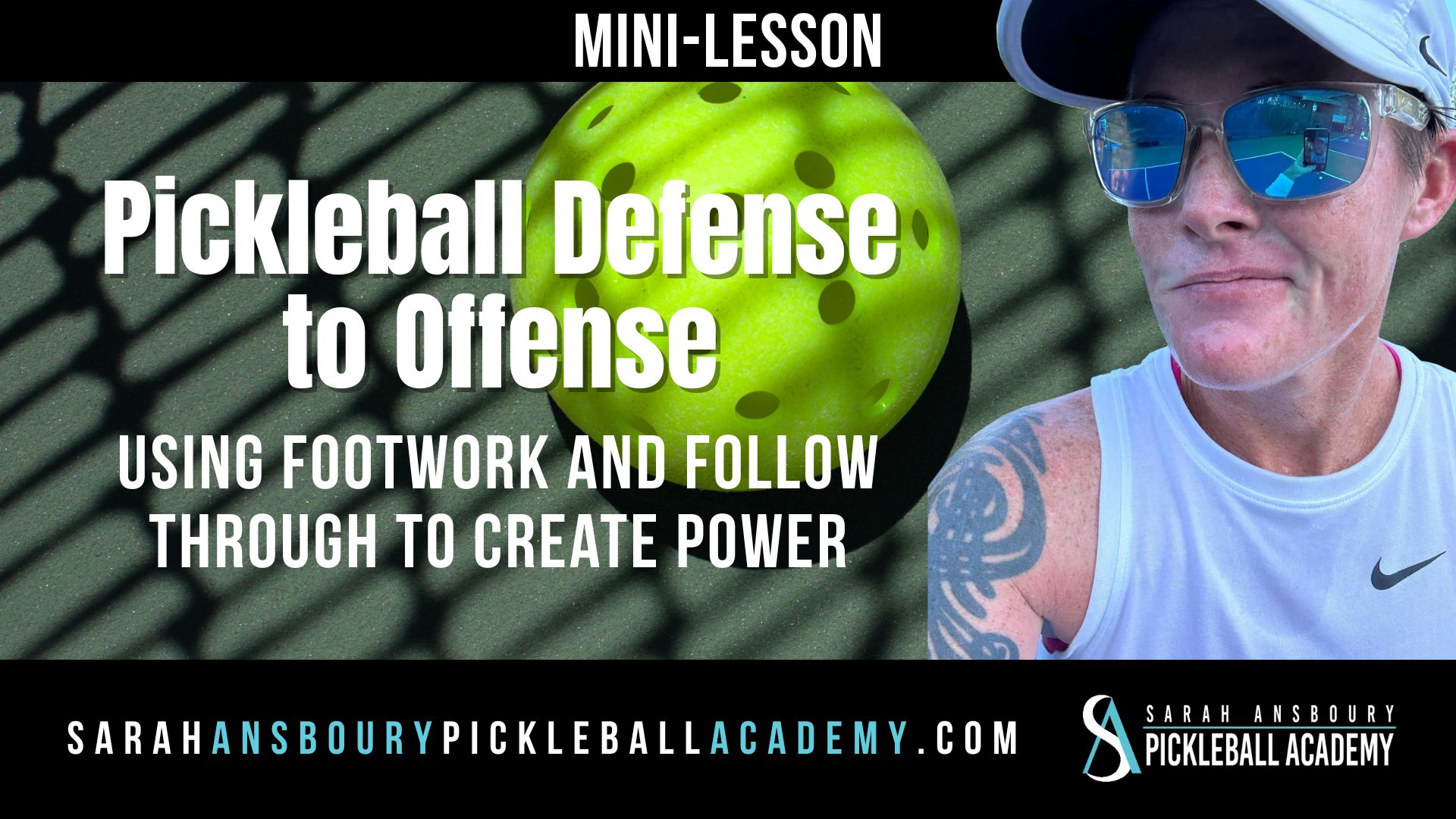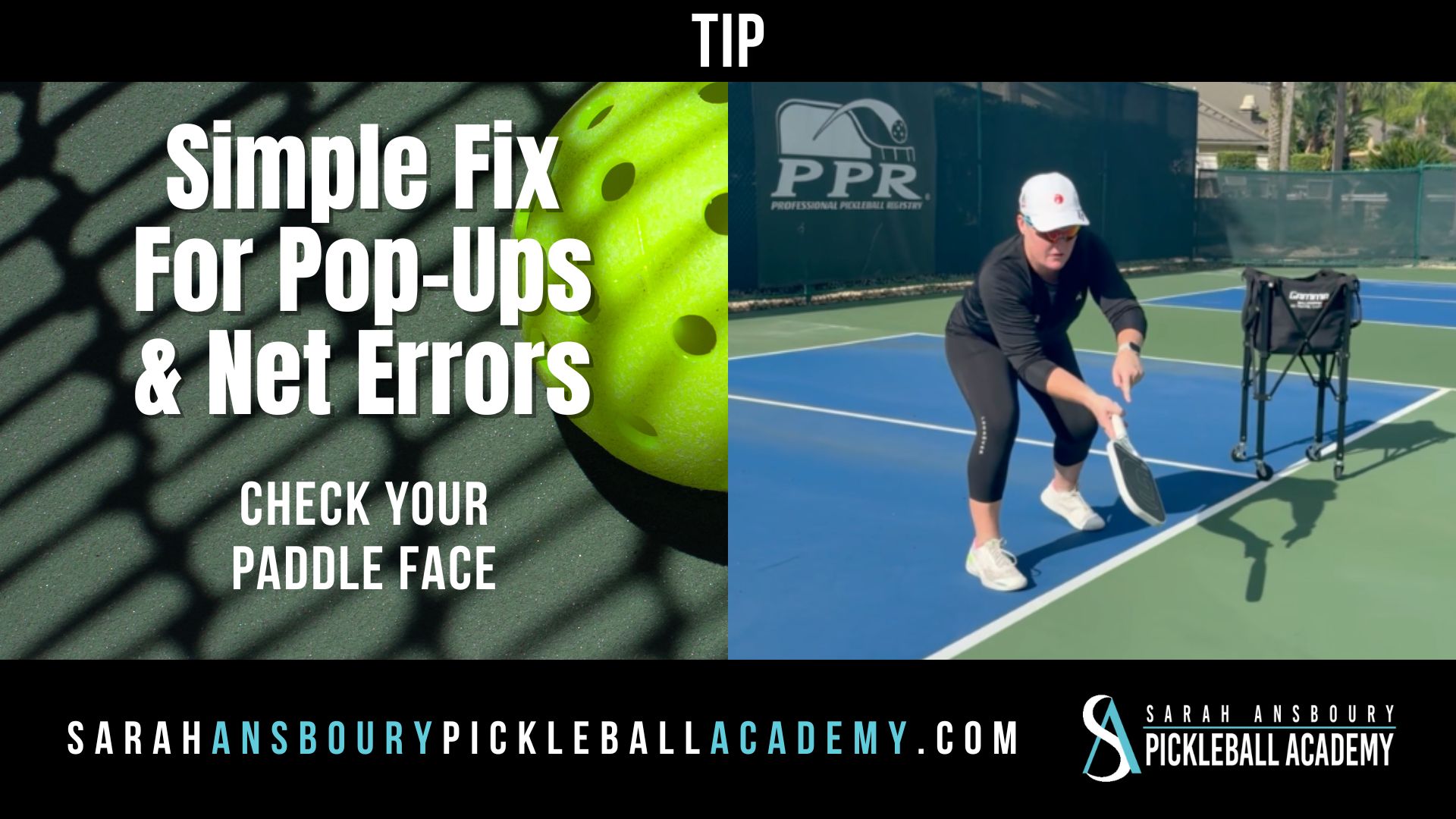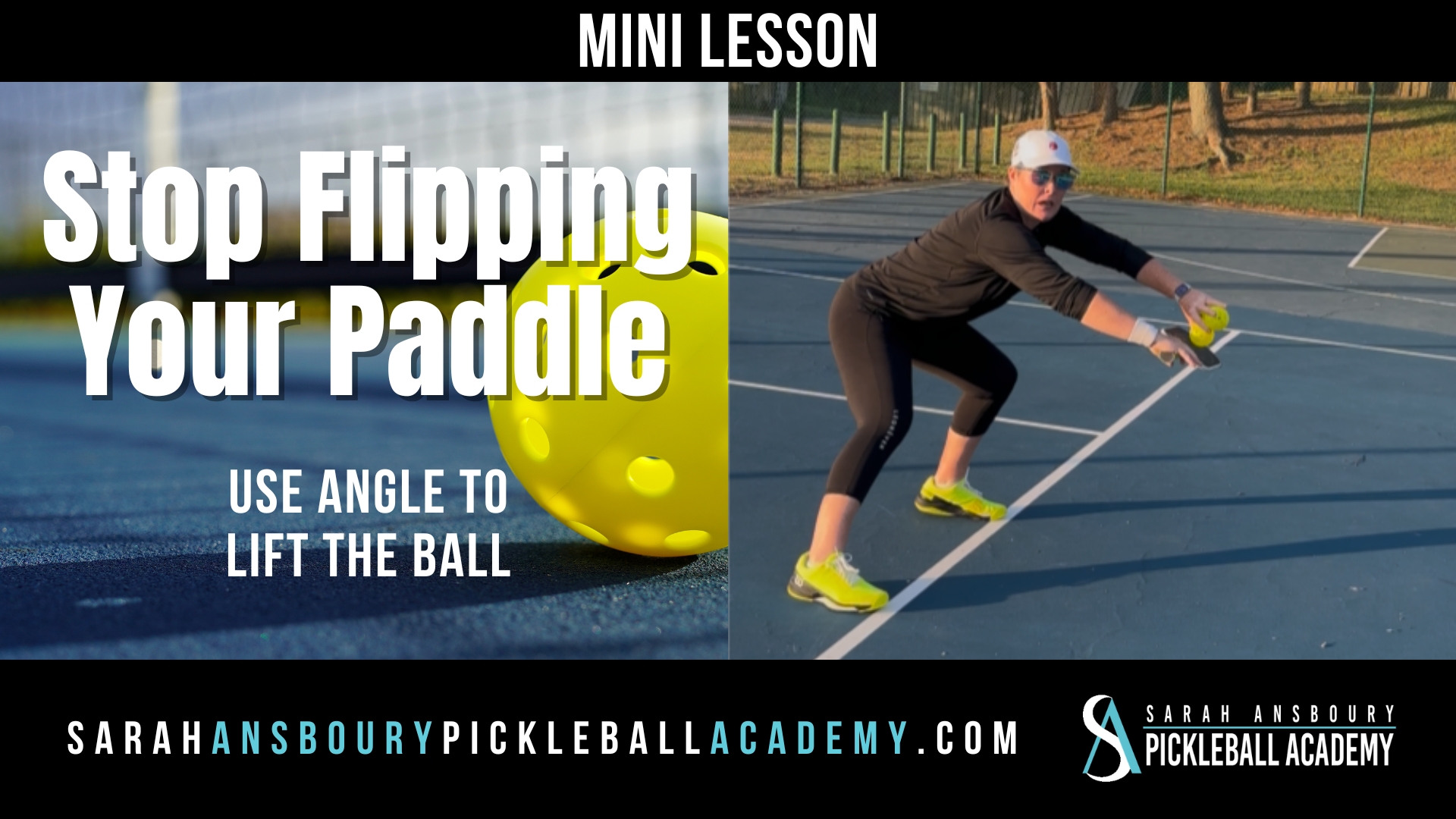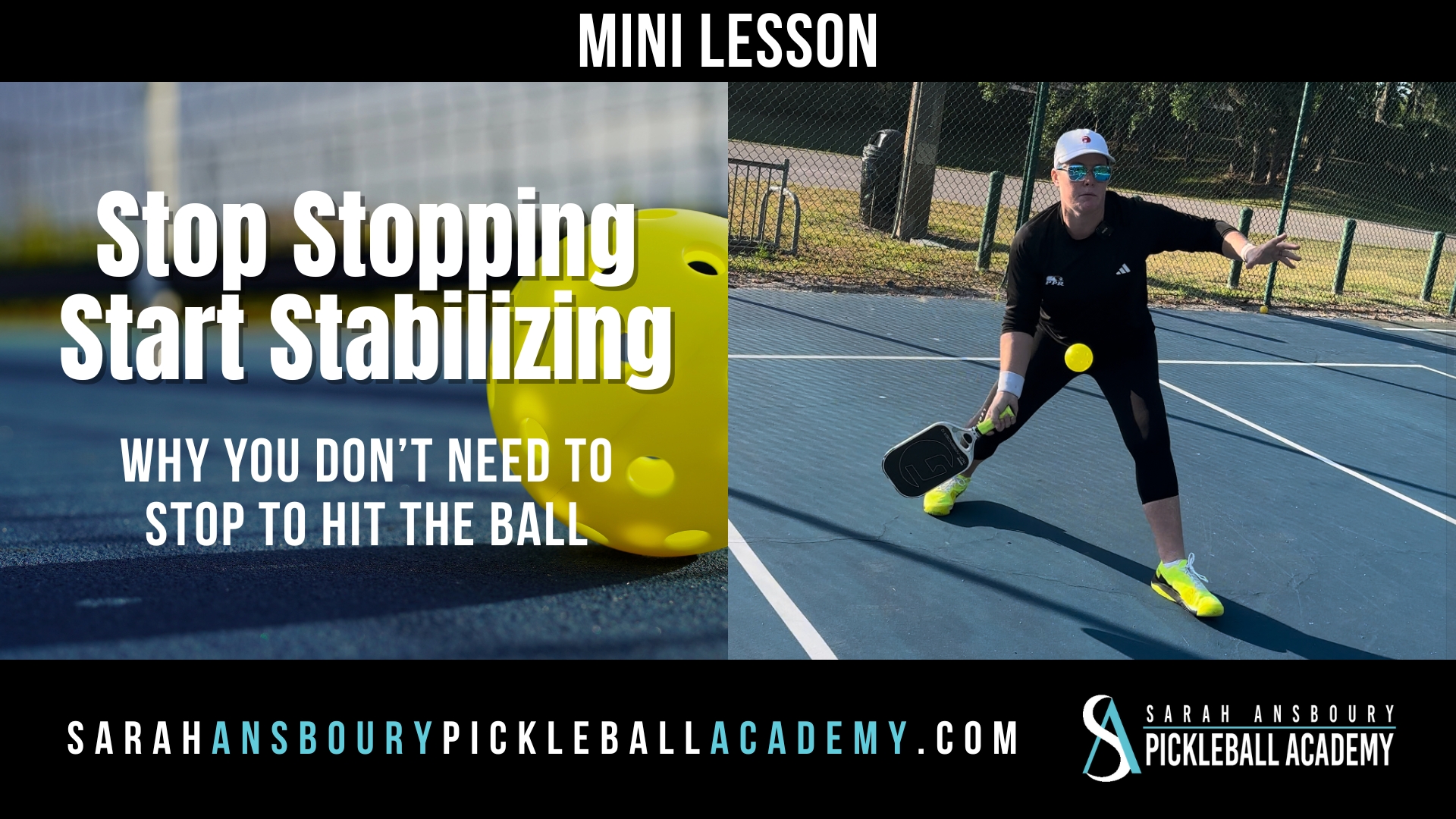Many players define a successful dink as a soft shot from the NVZ line that lands anywhere in the non-volley zone. However, I have a different theory as to where to dink.
Close to the Net
I was recently working with some students when I asked what makes a good dink. One student answered, “It lands in the non-volley zone.” The other replied, “It lands really close to the net”. They were surprised to learn that I would never ask them to work on keeping the ball that close to the net. The reason is two-fold:
- It is very difficult to keep dinks short consistently…resulting in too many balls that go into the net; and
- We tend to get what we give…meaning that a very short ball is likely to be returned to us the same way.
Trying to Make them Move
 When I explained this to the students, they suggested that by hitting very short balls they were forcing their opponent to move. Generally, this is a good thing so we played out the scenario. In fact, they moved in and out of the NVZ as much as their opponent did. So rather than them being on offense (and forcing their opponent to be on defense) they were in the same defensive position. After a few points, I asked, “Are you making her move or is she making you move?”
When I explained this to the students, they suggested that by hitting very short balls they were forcing their opponent to move. Generally, this is a good thing so we played out the scenario. In fact, they moved in and out of the NVZ as much as their opponent did. So rather than them being on offense (and forcing their opponent to be on defense) they were in the same defensive position. After a few points, I asked, “Are you making her move or is she making you move?”
Where to Dink
The basic tenet of offensive pickleball is to control your opponents’ movement as much as possible. With this in mind, watch some high-level matches. Watch closely and see exactly where the best players land their dink shots. You will find most shots are actually hit deeper, often behind the non-volley zone line.
By pushing the ball back, toward their opponent’s heels or even better behind the player, you are causing the ball to be popped up so that you or your partner can then attack. Very rarely will you see a very short dink and likely it was hit because it was their only option.
Don’t Just Dink to Dink
I find many players tend to just dink… to dink. When this happens the depth of the ball does not change much. Perhaps the player may move side to side, but they aren’t moving back. Instead, it is important to learn the proper dinking technique and to focus on pushing the ball so the ball goes deeper into the NVZ, or just beyond the line.
The Ladder Drill
To work on the depth of your dinks, I suggest you draw a ladder from the net back to the NVZ line. As you practice dinking, use the rungs of the ladder as depth targets in the non-volley zone. Focus on swinging from your shoulder, pushing the ball soft and low over the net. Extend your arm, trying to keep the ball on your paddle longer. Don’t break or flip your wrist. Instead extend your arm, holding your arm out and in place after the ball has left your paddle.
Focus on your technique, because as we discussed last week…only perfect practice will yield the proper results. If you have any questions about how to dink with correct technique, watch this video. With practice you will be able to move up and down the rungs, moving your opponent not only side to side but back as well.










